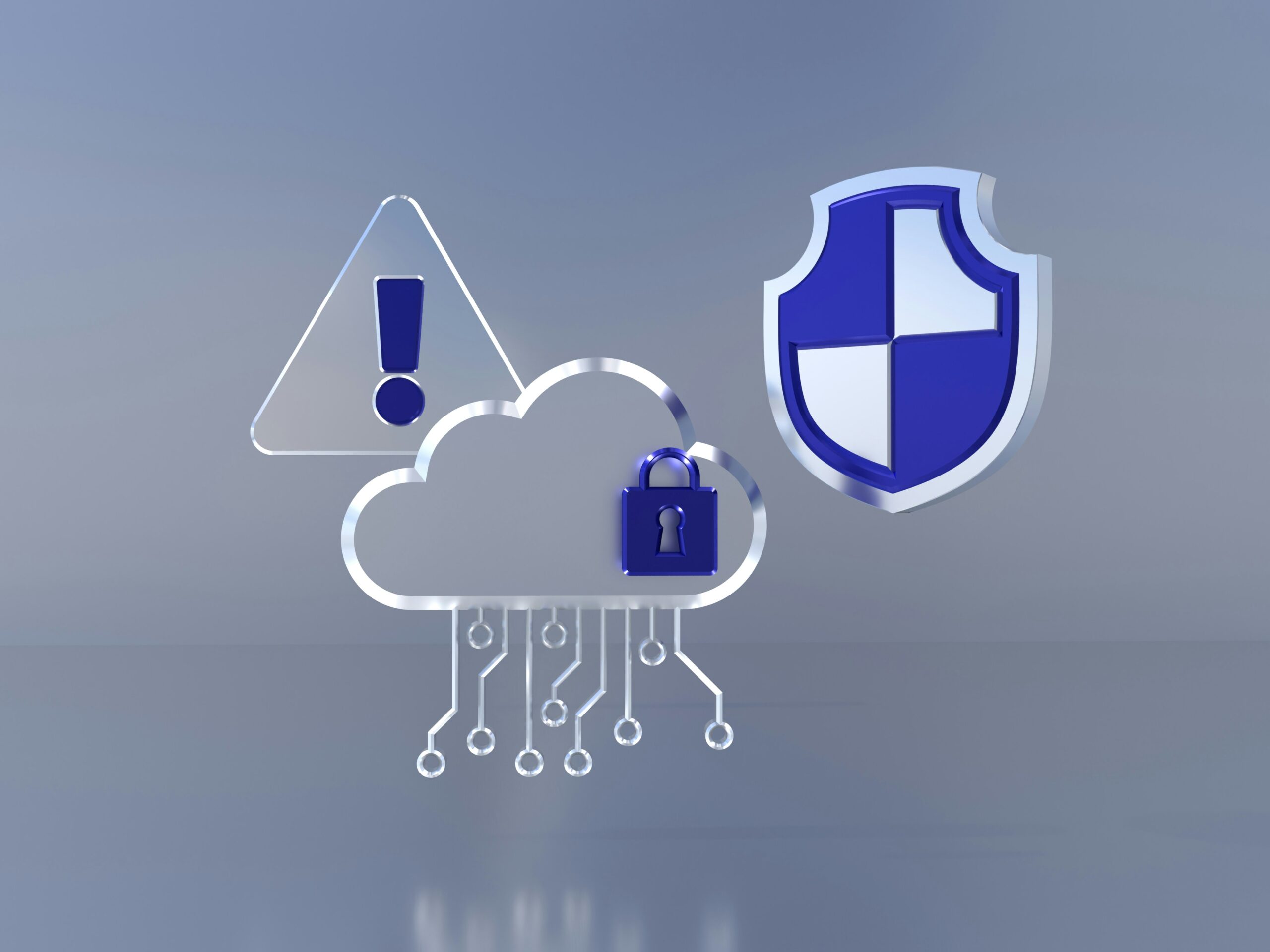How To Create A Backup and Disaster Recovery Plan
In the digital age, data is the lifeblood of any business. It fuels operations, drives decision-making, and underpins customer service.
But what happens when disaster strikes? A cyber-attack, natural disaster, or even human error can disrupt access to this vital resource.
This is where a Backup and Disaster Recovery Plan comes into play. It’s a comprehensive strategy to safeguard your digital assets and ensure business continuity.
In this guide, we’ll walk you through the process of creating a robust Backup and Disaster Recovery Plan. We’ll address the unique needs of small business owners, IT managers, and startup founders.
We’ll provide actionable steps, best practices, and key considerations to help you protect your business.
By the end of this article, you’ll be equipped with the knowledge to develop a plan that mitigates risks, enhances reliability, and supports your business goals.
Understanding Backup and Disaster Recovery
Backup and Disaster Recovery are two critical components of IT management. They work together to protect your business from data loss and downtime.
A backup is a copy of your data stored in a separate location. It allows you to restore data in case of loss or corruption.
Disaster Recovery, on the other hand, is a broader strategy. It involves restoring not just data, but also systems, applications, and hardware needed for business operations.
Together, they form a Backup and Disaster Recovery Plan, a comprehensive approach to safeguarding your digital assets.
The Importance of Backup and Disaster Recovery
In today’s digital landscape, data threats are more prevalent than ever. Cyber-attacks, hardware failures, and natural disasters can all lead to data loss.
A Backup and Disaster Recovery Plan is your best defense. It ensures business continuity, minimizes downtime, and protects your reputation.
Differentiating Between Backups and Disaster Recovery
While both backups and disaster recovery aim to protect your data, they serve different purposes.
Backups focus on preserving data, while disaster recovery is about quickly restoring business operations. Understanding this distinction is key to creating an effective Backup and Disaster Recovery Plan.
Assessing Your Business Needs and Risks
Creating a Backup and Disaster Recovery Plan starts with understanding your business needs and risks. This involves identifying the data, systems, and applications that are critical to your operations.
You also need to assess potential threats. These could range from cyber-attacks and hardware failures to natural disasters and human error. Understanding these risks helps you prepare for them.
Finally, consider the potential impact of data loss or downtime on your business. This could include financial losses, reputational damage, and regulatory penalties.
Conducting a Business Impact Analysis
A Business Impact Analysis (BIA) is a key part of this assessment. It helps you understand the potential consequences of a disruption to your business operations.
The BIA identifies critical functions, estimates the downtime that can be tolerated, and quantifies the financial and operational impact of such downtime. This information is crucial for prioritizing recovery efforts.
Identifying Critical Data and Systems
Not all data and systems are equally important. Some are critical for your business operations, while others are less so.
Identifying these critical assets helps you focus your backup and disaster recovery efforts. It ensures that you can quickly restore the most important parts of your business in the event of a disaster.
Crafting Your Backup Strategy
Once you’ve identified your critical assets, it’s time to craft your backup strategy. This involves deciding what to backup, how often, and where to store the backups.
Your backup strategy should align with your business needs. For instance, if your business cannot tolerate any data loss, you may need to backup your data continuously.
Remember, the goal of your backup strategy is to ensure that you can restore your data quickly and accurately in the event of a disaster.
The 3-2-1 Backup Rule
A widely accepted best practice in backup strategy is the 3-2-1 rule. This rule suggests having three copies of your data, stored on two different types of media, with one copy stored offsite.
The 3-2-1 rule helps protect your data from different types of risks. For example, if one backup fails or gets corrupted, you still have two more.
Choosing the Right Backup Solutions
There are many backup solutions available, each with its own strengths and weaknesses. Your choice of solution will depend on your specific needs and resources.
For instance, local backups may be faster and more accessible, but they are vulnerable to onsite disasters. Cloud backups, on the other hand, offer offsite storage and scalability but may have slower recovery times.
Scheduling and Automation
Scheduling your backups is crucial to ensure that your data is regularly backed up. The frequency of backups will depend on how often your data changes and how much data you can afford to lose.
Automation can greatly simplify the backup process. It ensures that backups are performed consistently and reduces the risk of human error. Plus, it frees up your IT team to focus on other tasks.
Developing Your Disaster Recovery Plan
While backups are crucial, they are just one part of a comprehensive disaster recovery plan. This plan outlines the steps your business will take to recover from a disaster.
Your disaster recovery plan should be tailored to your business. It should consider the types of disasters you’re most likely to face, from cyberattacks to natural disasters.
Remember, the goal of your disaster recovery plan is to minimize downtime and data loss. It should enable your business to continue operating, even in the face of a disaster.
Designing a Disaster Recovery Site
A key part of your disaster recovery plan is your disaster recovery site. This is where your backups will be restored and your systems will be up and running again.
Your disaster recovery site could be a physical location or a virtual one in the cloud. The choice depends on your business needs, resources, and the types of disasters you’re preparing for.
Redundancy and Network Security
Redundancy is another important aspect of disaster recovery. This involves having duplicate systems and data that can be used if the primary ones fail.
Network security is also crucial. Your backups and disaster recovery site need to be secure from cyber threats. This may involve firewalls, encryption, and other security measures.
Establishing Recovery Objectives (RTO and RPO)
Recovery Time Objective (RTO) and Recovery Point Objective (RPO) are two key metrics in disaster recovery planning. RTO is the maximum acceptable time that your systems can be down, while RPO is the maximum age of files that must be recovered from backup for normal operations to resume.
Setting these objectives helps you determine how robust your disaster recovery plan needs to be. It also helps you communicate expectations and goals to your team and stakeholders.
Testing and Maintenance
Once your backup and disaster recovery plan is in place, it’s not something you can set and forget. Regular testing and maintenance are crucial to ensure its effectiveness.
Testing helps you identify any weaknesses or issues in your plan. It also gives your team practice in executing the plan, so they’ll be ready if a real disaster strikes.
Maintenance involves keeping your plan up-to-date. As your business changes and grows, your backup and disaster recovery plan needs to evolve too.
Regular Testing of the Plan
Regular testing of your backup and disaster recovery plan is essential. This can involve simulated disasters, recovery drills, and checks of your backup systems.
Testing not only helps you identify any issues, but it also helps you measure how well your plan meets your recovery objectives. This can provide valuable insights for improving your plan.
Training Employees and Communication
Training your employees is another key aspect of maintaining your backup and disaster recovery plan. Everyone needs to know their roles and responsibilities in the event of a disaster.
Communication is also crucial. You need clear channels for coordinating your recovery efforts and keeping everyone informed. This can help reduce confusion and stress during a disaster.
Updating the Plan
Your backup and disaster recovery plan needs to be a living document. It should be updated regularly to reflect changes in your business, technology, and threat landscape.
This might involve adding new systems to your backups, adjusting your recovery objectives, or updating your disaster recovery site. Remember, an outdated plan can be just as bad as no plan at all.
Legal and Compliance Considerations
Creating a backup and disaster recovery plan isn’t just about protecting your business. It’s also about meeting your legal and compliance obligations. Different industries and regions have different regulations regarding data protection and recovery.
For example, businesses handling sensitive customer data may be required to have certain backup and disaster recovery measures in place. Failing to meet these requirements can result in penalties. Therefore, it’s important to understand your legal obligations and ensure your plan complies with them.
Leveraging Third-Party Services
Implementing a comprehensive backup and disaster recovery plan can be a complex task. Especially for small businesses and startups with limited IT resources. This is where third-party services can be invaluable such as Nimbus Black.
Managed service providers and consultants can help design and implement a plan tailored to your business needs. They can also provide ongoing support and maintenance, freeing up your internal resources. This allows you to focus on your core business operations while ensuring your data is protected.
Conclusion: The Value of a Robust Backup and Disaster Recovery Plan
In the digital age, data is one of the most valuable assets a business can have. Protecting this data with a robust backup and disaster recovery plan is not just a good practice, it’s a necessity.
A well-crafted plan not only safeguards your business from data loss but also ensures business continuity in the face of disasters. It provides peace of mind, knowing that your business can withstand any unforeseen event and continue to serve your customers effectively.










